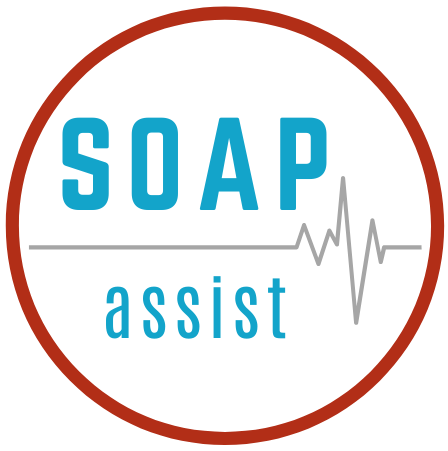Bedside ultrasound, also known as point-of-care ultrasound (POCUS), is becoming increasingly relied upon in the medical field. Medical providers rely on POCUS to diagnose disease, monitor progress and perform procedures. Ultrasound technology has become more sophisticated and less expensive. In a time that demands medical providers do more with less, POCUS offers an easy way to circumvent additional testing in many cases.
What does POCUS have to do with online medical templates? It is all about repetition. More accurately, it’s about eliminating repetition. POCUS is typically performed in a regimented manner. While some providers may look at various internal structures using their own personal methods, the medical community has grown to expect certain images to be obtained for a particular study. POCUS is intended to be performed the same way every time. The result is that much of the documentation for POCUS is the same. Any repeated text is an opportunity for a template.
Medical documentation of POCUS is relatively rote. Specific parameters and procedures apply to most studies. This makes documentation repetitive and prime for template utilization. Now, the format for POCUS documentation can be somewhat varied. Some providers prefer to detail POCUS findings in a separate note. Others prefer to include it in the “objective” portion of the SOAP note. The difference is usually represented by the type of ultrasound study and whether it is truly a “point-of-care” ultrasound. Ultrasound studies such as inferior vena cava measurement and focused assessment with sonography in trauma (FAST) are truly “point-of-care” because they happen concurrently with a physical exam. As such, they fit neatly into the objective portion of the SOAP note. Right upper quadrant ultrasound, deep venous thrombosis ultrasound and echocardiography are more formal ultrasound studies. They typically are better documented as their own notes, but can be referenced in the “objective” section of the SOAP note.
For documentation of POCUS, we at SOAPassist have created a section strictly for documenting bedside ultrasound. This was created with an understanding that medical providers use ultrasound as a regular part of assessing patients. Many problems and complaints can benefit from the aid of an ultrasound. For example, in the evaluation of a patient with chest pain, a quick bedside ultrasound can rule out cardiac tamponade. Severely reduced ejection fraction can typically be identified by most providers. These findings have a significant impact on how and where a patient is treated. Including relevant ultrasound verbiage into various templates can save providers time with documentation as well as remind them to take advantage of POCUS as an easy and helpful diagnostic tool.
SOAPassist has included a section specifically for POCUS in the template creator page. This makes medical documentation fast and neat. When creating templates, providers can simply add whatever relevant POCUS exam they typically do. We recommend creating a template of what a normal POCUS exam looks like. Normal findings occur more frequently than any particular abnormal finding. As such, making a template with normal findings will speed up documentation.
Placing the POCUS exam section in the “objective” section of the medical SOAP note helps set it apart and draw the reader’s eye to it. It is noteworthy that POCUS is just another exam modality. While it is becoming more ubiquitous, it is not so common that it should be in the physical exam. Those who read notes regularly would not expect to see imaging studies as part of the physical exam. However, ultrasound may one day become so common that documenting POCUS findings in the exam may be justified. Until then, readers will appreciate identifying POCUS results under a unique heading.
SOAPassist seeks to keep providers moving. We want medical providers to do more with less in a shorter amount of time. Medical providers who seek the efficiency of POCUS can find more efficiency through the use of online medical templates. SOAPassist has the most effective format for utilizing templates. Quite simply, SOAPassist is the best way to create, store, share and use medical templates.
Disclaimer: SOAPassist curated templates are created for use by licensed medical providers. While they are examples of what a provider might document, their intended purpose is to provide a starting point for documentation and do not constitute medical recommendations.

